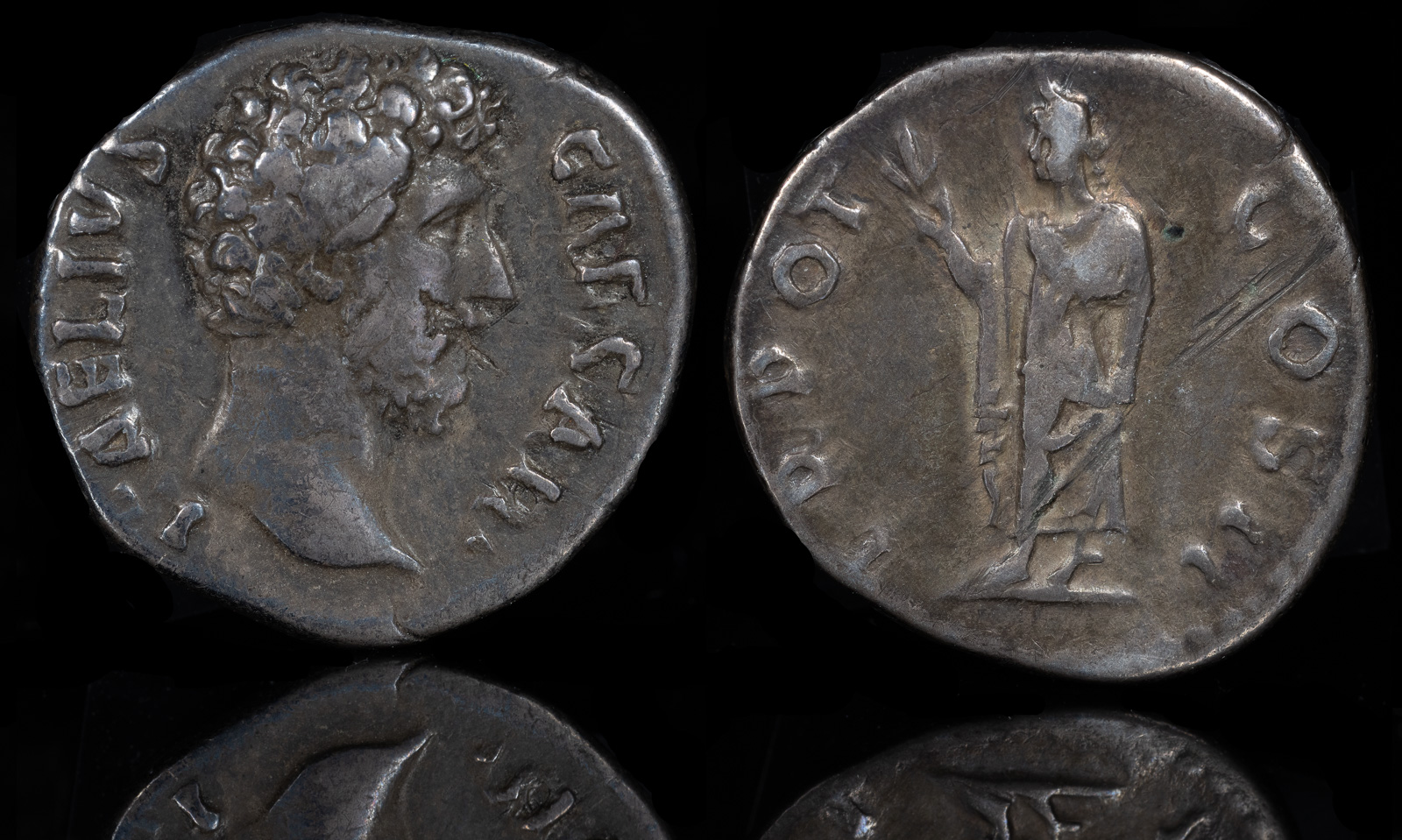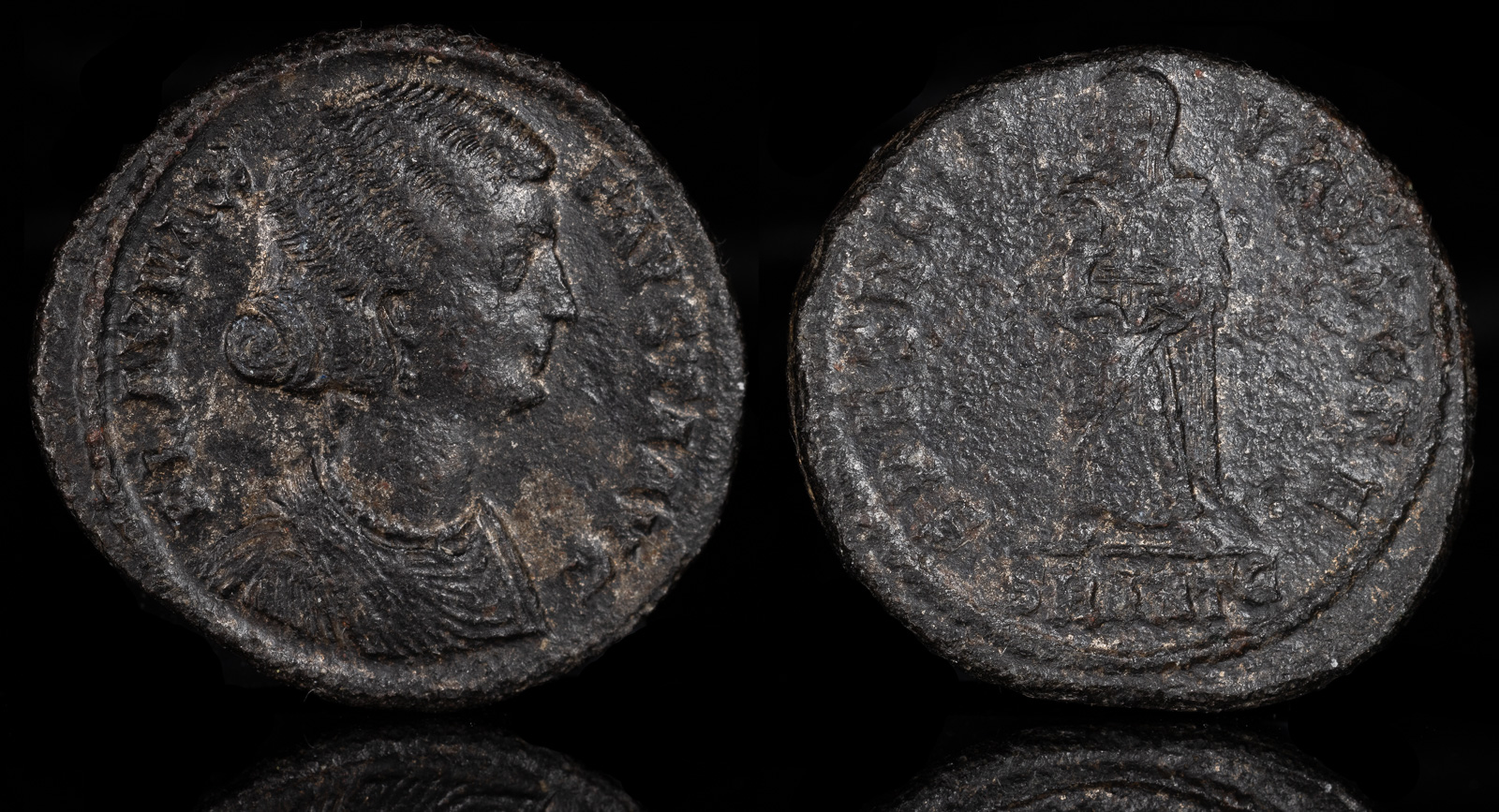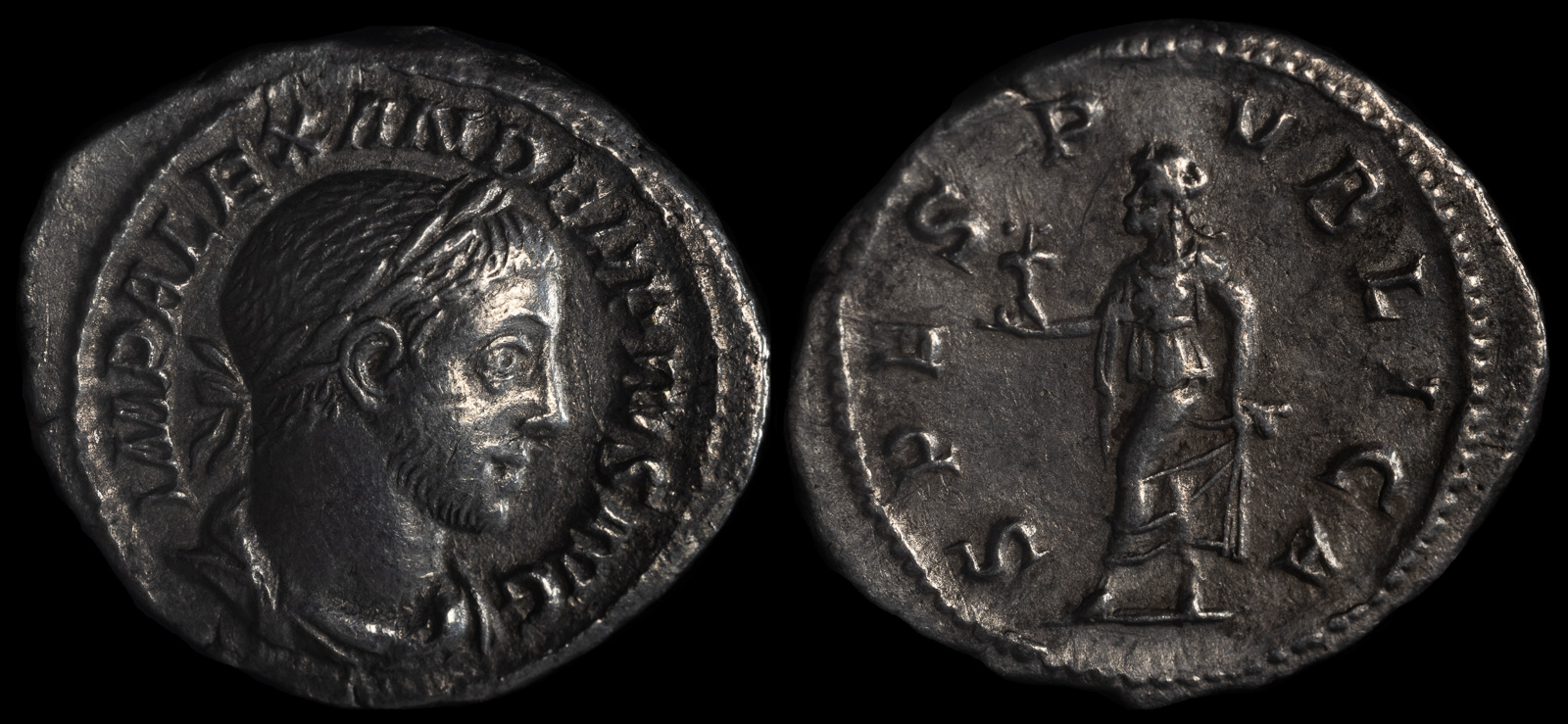Spes
View All Tags
Spes was typically depicted as a young woman, often shown with a raised hand, as if extending a gesture of offering or encouragement. She sometimes held a flower or branch, symbolizing growth, renewal, and the promise of better things to come. The imagery of Spes suggests an association with spring and the vitality of new beginnings. One of the most well-known representations of Spes in Roman art and coinage appears with her holding a cornucopia (a symbol of abundance) or a palm branch, further emphasizing the potential for growth, prosperity, and success that hope could bring.
In Roman religious practice, Spes was often invoked in conjunction with other deities. For example, during moments of national crisis, such as military campaigns or during moments of political instability, the Romans would pray to Spes for a brighter future and victory. Some emperors, such as Augustus, sought to associate their reigns with Spes to reinforce their visions of a stable and prosperous empire. Coins bearing her image were minted during times of imperial celebrations, victories, or even as part of commemorative issues during the reign of emperors who wanted to highlight their leadership in bringing prosperity and hope to the empire.

Aelius (adopted son of Hadrian), as Caesar
AR Denarius. Rome, AD 137
3.27g, 16mm, 6h.
L AELIVS CAESAR, bare head to right / TR POT COS II, Spes advancing to left, holding flower and hitching robe.
RIC II.3 2648; BMCRE 979 (Hadrian); RSC 55
Ex collection of Z.P., Austria
Ex Roma

Fausta (wife of Constantine I)
Antioch, 325-326 CE
BI Nummus 3.38g, 21mm, 11h.
FLAV MAX FAVSTA AVG, draped bust to right
SPES REIPVBLICAE, Salus standing facing, looking to left, veiled, with two children in her arms; SMANTЄ in exergue
RIC VII 69
Ex Roma

Severus Alexander
Rome 222-235 CE
AR Denarius 20mm, 3,32g
IMP ALEXANDER PIVS AVG, laureate, draped and cuirassed bust right / SPES PVBLICA, Spes walking to left, holding flower and raising skirt.
RIC IV 254; BMCRE 900; RSC 546